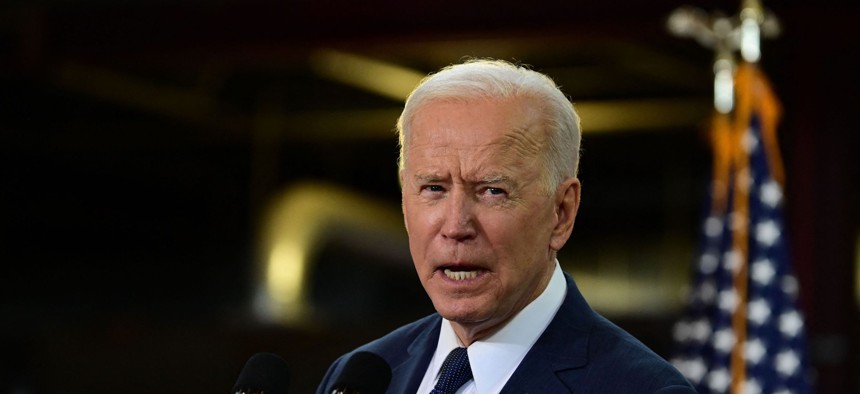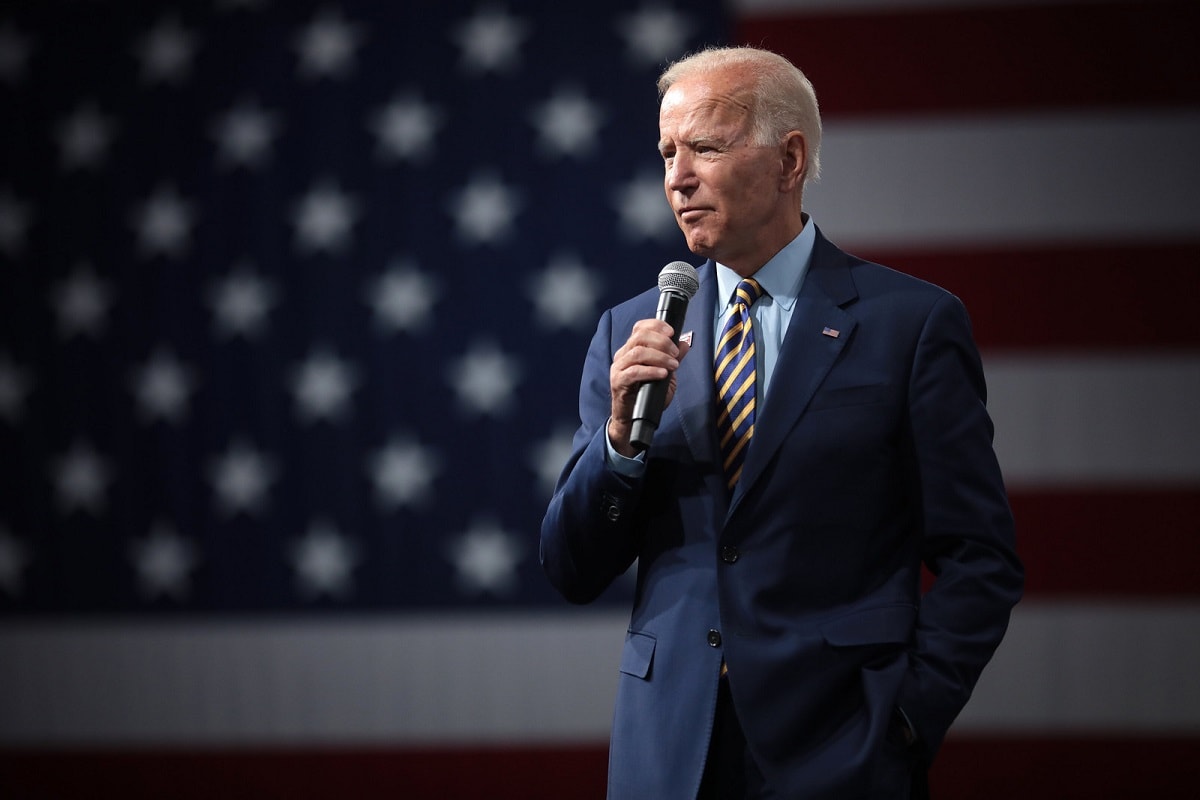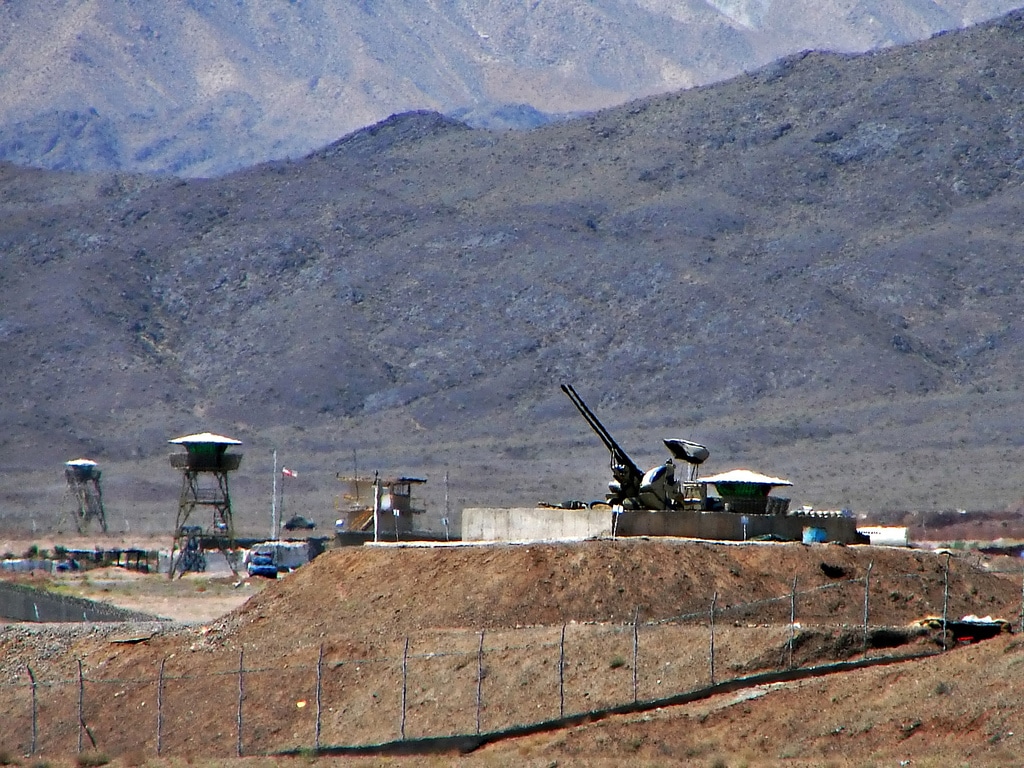David Moschella Robert D. Atkinson
As America seeks to counter a rising China, no nation is more important than India, with its vast size, abundance of highly skilled technical professionals, and strong political and cultural ties with the United States. But the parallels between America’s dependency on China for manufacturing and its dependency on India for IT services are striking.
KEY TAKEAWAYS
While America and India are both rightly keen to move more manufacturing operations from China to India, significant shifts will take time, as China still has many advantages.
Most large U.S. companies now rely heavily on India-based IT services—whether from India-headquartered IT service providers, U.S.-headquartered IT services companies with large India-based operations, or their own India-based capability centers.
The United States risks becoming overly reliant on India as an IT services provider if major disagreements emerge over issues such as intellectual property, data governance, tariffs, taxation, local content requirements, or individual privacy.
Leading U.S. tech companies are well positioned in India’s booming Internet and e commerce marketplaces, but strong local competitors are emerging.
India is moving up the value chain into R&D, innovation centers, machine learning, analytics, product design and testing, and other areas, especially in IT and life sciences.
Outside of IT, U.S. companies operating in India typically face stiff competition from Chinese, Japanese, Korean, and of course, Indian firms—and doing business in India is still often difficult.
While geopolitical forces are drawing America and India closer together, long-term alignment with the United States and the West is by no means assured and will require successful policymaking by both India and the United States.










/cloudfront-us-east-1.images.arcpublishing.com/mco/A6KPIW4QSBE5BHJOWKMCGFA66I.jpg)
/cloudfront-us-east-1.images.arcpublishing.com/mco/UNLUKY25DRHEXFB5H6D6CNNFSE.jpg)